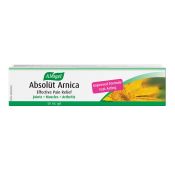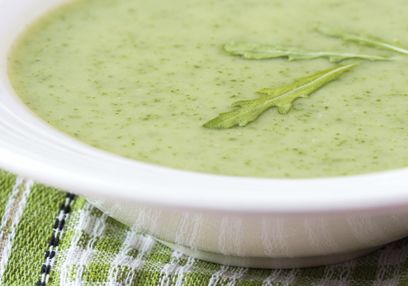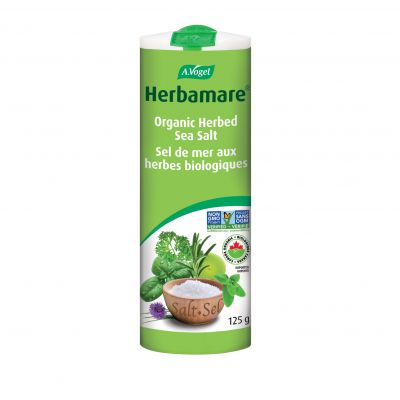It can’t be just me who’s experiencing this…can it?
While the numbers for general joint pain are difficult to find, rest assured that you are far from alone in this as over four and a half million Canadians suffer from pain such as that of arthritis, including one in every 1,000 children.
What are the symptoms of joint pain?
Joint pain can be found in many different conditions with some presenting on a single side of the body and others found symmetrically. Morning stiffness is another very common complaint with some individuals, such as those with rheumatoid arthritis taking over an hour to feel up to snuff. The joints are often red and swollen with a slight burning sensation or warmth on touch.
Having multiple nights of sleep interrupted by the pain doesn’t exactly leave one feeling rested and ready to face the day…so fatigue ends up being another major symptom that impacts the quality of life.
What causes my joint pain?
Joint pain could be caused by dozens of different conditions, so it’s critical to speak with your primary care provider as soon as possible to determine the root of the problem.
Some issues are due to the degeneration of cartilage between two bones, so they rub against one another. Some are due to the bodies own immune system creating antibodies against the soft tissue of the joints.
Other times the joints will become swollen due to overuse or in more humid conditions, so they can’t glide past one another smoothly.
What is the cost of musculoskeletal joint conditions?
It’s estimated that this class of conditions costs the Canadian economy $16.4 billion annually, only surpassed by heart disease. Arthritis specifically costs approximately $4.4 billion per year or $11,500 per person due to disabilities. The pain can be so debilitating that these individuals may not be able to type or perform manual labour during a flare up.
Why is the pain waking me up at night?
Motion during the day circulates the fluid present in your joints, filtering out potential agents that may be contributing to joint pain, while it also brings nutrients to the area. While asleep, there’s far less motion which allows the inflammatory agents to accumulate.
Additionally, cartilage acts like a sponge that allows the lubricating fluid to leak out, but also brings new fluid into it as we release the pressure on the joint. The motions we go through every day keep this system functioning, but the efficiency falls during sleep.
You can also thank cortisol for causing you to experience pain. Cortisol, commonly known as the ‘stress hormone’, is a potent anti-inflammatory with levels fluctuating throughout the day. It typically begins to rise upon waking, reaching a peak before declining towards noon, the body releases more causing another peak, again declining before a final peak in the evening.
The levels stay low throughout the night because cortisol is associated with mental and physical arousal, and having higher levels would cause sleep to be tricky. This is detrimental for those with joint pain as this one hormone that lets them function better during the day isn’t providing any anti-inflammation for the individual.
I also find the pain worse in certain weather, any reason why?
For a long time, those suffering from joint pain knew it was worse in certain weather, but the research wasn’t quite there yet. A study on those with osteoarthritis in the knee found changes in barometric pressure and temperature were associated with the severity of pain.
Another study focusing on rheumatoid arthritis demonstrated that those with rheumatoid arthritis experienced a decrease in their pain with more hours of sunshine and experienced more pain with increasing humidity. There was also a trend towards higher temperatures causing more pain. While humans have yet to find a way to control the weather, the more aware you are of what triggers your joint pain, the better you can plan.
Would exercise help?
Exercise has been shown to have great benefits for those experiencing joint pain. A 12 week program of low-load exercise like free weights and using the treadmill demonstrated significant improvements in pain, quality of life, and their ability to perform daily functions. The motions will move the synovial fluid mentioned earlier and those with rheumatoid arthritis often experiencing higher rates of muscle decline because of the pain that prevents them from performing certain motions. It’s this loss in muscle strength that can further impair their recovery. What about my diet? I find there’s certain foods that make the pain worse.
You’re already on the right path if you’re thinking about the connection between diet and joint pain! It’s best to incorporate anti-inflammatory foods and spices into your diet such as the lovely golden turmeric which has shown similar benefits to ibuprofen in terms of alleviating joint pain. It’s also important to avoid an inflammatory meal, many of which won’t surprise you – excessive alcohol, sugar, trans fats, anything fried or battered, and processed meat are amongst the worst culprits.
This is great advice, but I need relief sooner than that…is there anything I can use to alleviate the pain?
Two herbs are going to quickly become your friend in a situation such as this.
The first is known as Arnica montana, an herb common to Europe, Siberia, and northwestern United States. This has historically been used for controlling inflammation and stimulating the circulation of blood in the area of application. This is important for those with joint pain as controlling inflammatory agents can be key to containing the pain, especially if applied topically before bedtime when used as a gel, such as products like Absolüt Arnica.
The other herb is Harpagophytum procumbens, otherwise known as Devil’s Claw, a species native to South Africa. The harpagosides, the active constituent of the plant also acts as an anti-inflammatory and can be taken internally in conjunction with a topical application of Arnica. Products such as Joint Pain Relief tablets can provide this benefit, but the European Medicines Agency notes that it could take 2-3 months to notice significant benefits as the harpagosides accumulate in the tissues of the body with patients noticing decreased pain and increased joint mobility.
References
https://www150.statcan.gc.ca/n1/pub/82-229-x/2009001/status/art-eng.htm
https://ard.bmj.com/content/annrheumdis/54/5/417.full.pdf
https://jointhealth.org/programs-jhmonthly-view.cfm?id=47&locale=en-CA
https://www.ncbi.nlm.nih.gov/pmc/articles/PMC3042669/
https://www.ncbi.nlm.nih.gov/pmc/articles/PMC3186928/
https://www.ncbi.nlm.nih.gov/pmc/articles/PMC3766928/
https://www.ncbi.nlm.nih.gov/pmc/articles/PMC5003001/
https://www.ncbi.nlm.nih.gov/pubmed/17466654
https://www.ncbi.nlm.nih.gov/pubmed/20570193
https://www.ncbi.nlm.nih.gov/pubmed/25342437







